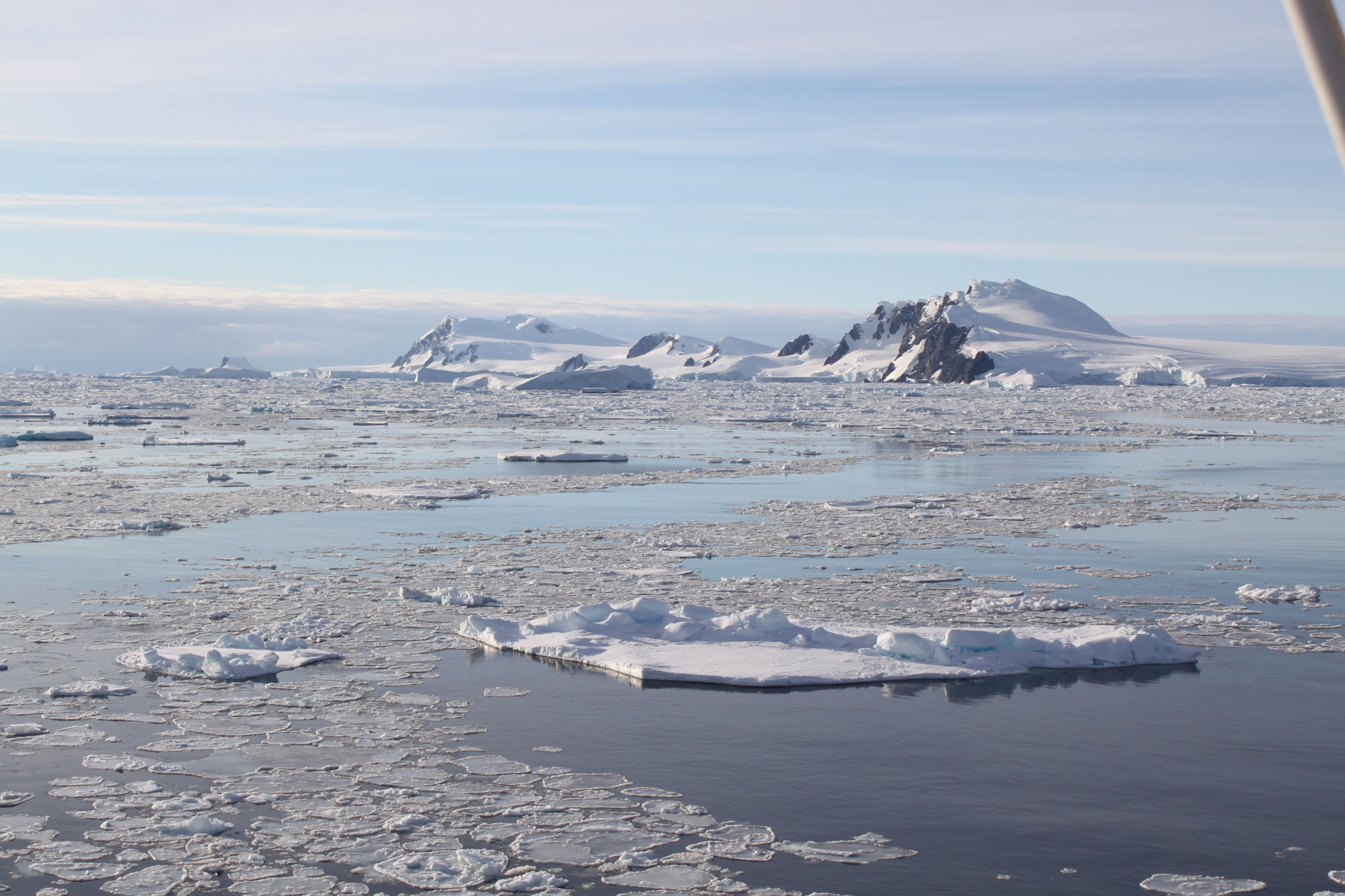Over the past century, global sea level has been rising at an increasingly rapid pace. That means the damage done by storm surges will be more severe, coastal erosion will accelerate and flooding will become more frequent and more expensive.
But one of the most troubling things about that trend is that current models for predicting future sea-level rise are missing critical pieces of information – key factors that could help us better prepare for effects of rising seas on our communities and our economy.
A new study by geologist Lauren Simkins, a University of Virginia environmental sciences professor, however, suggests that she and her colleagues, who describe themselves as “glacial geologists,” have discovered a way to test important variables in the equation that could make those models much better at predicting how much sea levels will rise – and how fast.

Lauren Simkins, a geologist and professor of environmental sciences at UVA, studies the factors that influence change in coastal, marine and glacial environments. (Photo by Jack Looney)
While a warming climate will contribute to a continued rise in global sea level by melting land-based glaciers and ice sheets that cover Antarctica and much of Greenland, the models scientists use to predict how quickly the ice will melt involve some guesswork about what’s happening under those massive ice structures as they move across the terrain beneath them.
“The way we chose to approach this problem,” Simkins said, “was to look at the geological record and the glacial landforms that were formed by now-extinct ice sheets or sectors of ice sheets that no longer exist. There we can see very clearly the signature of ice flow, the pattern of retreat and what the terrain looks like.”
Using massive data sets collected from around the world, Simkins and her co-authors have been able to uncover clues about the interactions between the ice sheets and different types of terrain they once covered by looking for evidence that supports the assumptions modelers make or to identify circumstances in which those assumptions don’t apply.
“There are some properties of the terrain that allow us to better predict future outcomes,” Simkins said, “but we also know that there are some properties of the underlying terrain that can stabilize the ice that we didn’t really know were as important as we found through this extensive data set of formerly glaciated landscapes.”
Simkins and her colleagues from Sweden and Norway are placing these geological observations of how sensitive ice flow and retreat are to the underlying terrain into the context of modern ice masses that are contributing to global sea level rise.
“Thwaites glacier in Antarctica is contributing 4% to global sea level rise, and that’s just one glacier, one slice of the Antarctic ice sheet draining ice into the ocean,” Simkins said. “So, we’re taking information from individual past glacial systems and merging all those empirical observations to come up with something that that we can use to help predict and to help constrain the models that are essential to determining ice sheet contributions to sea level.”










